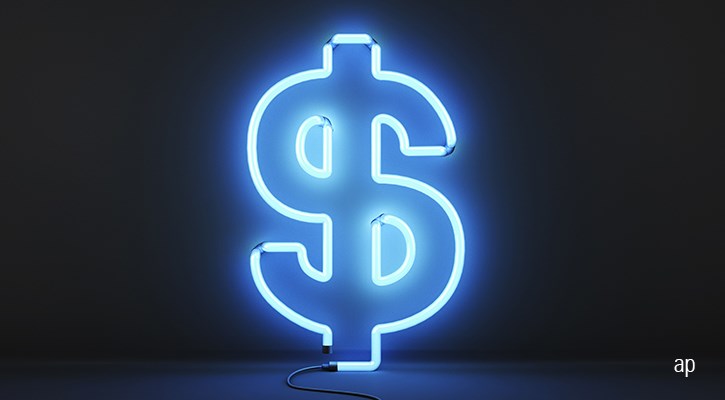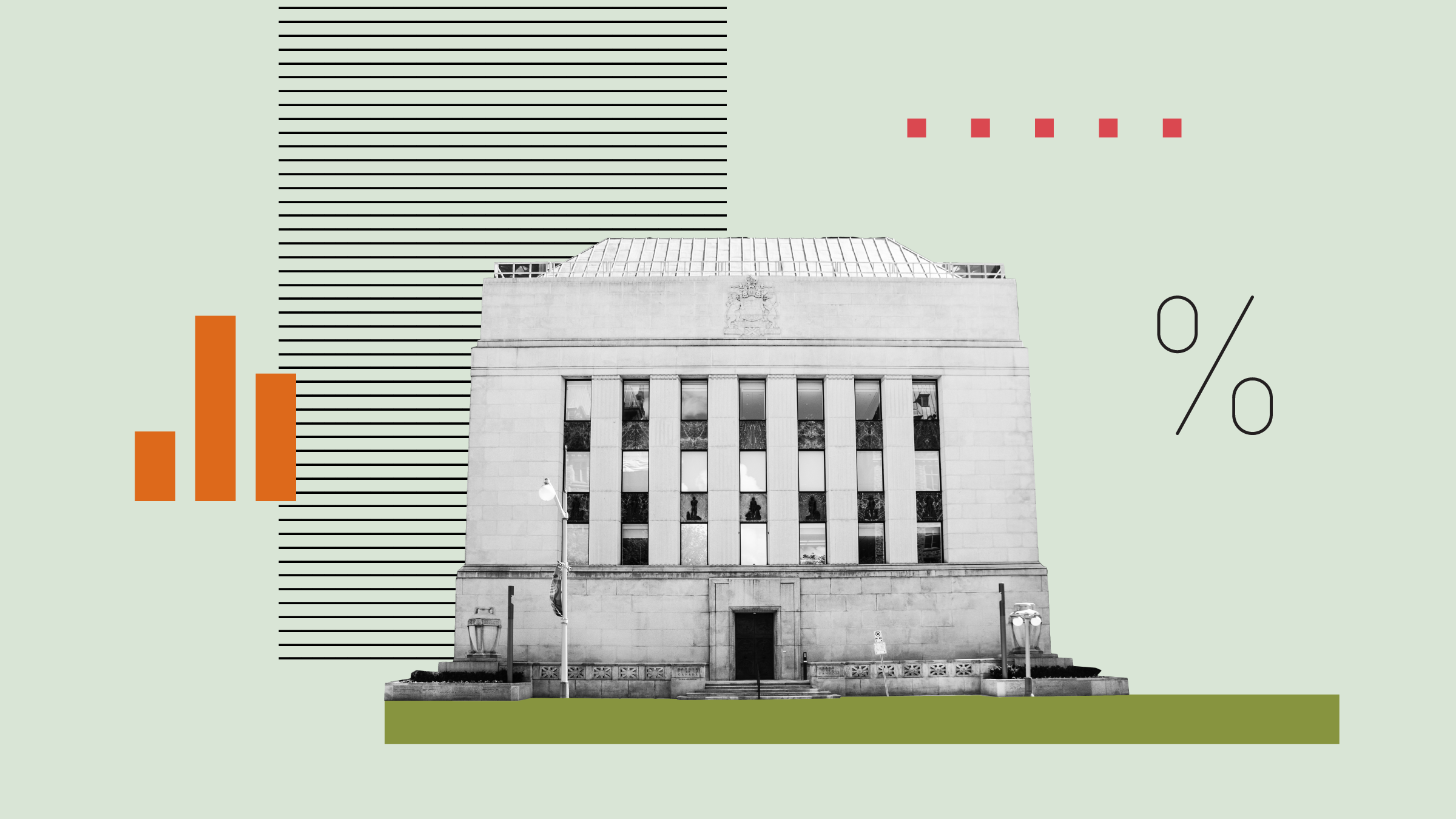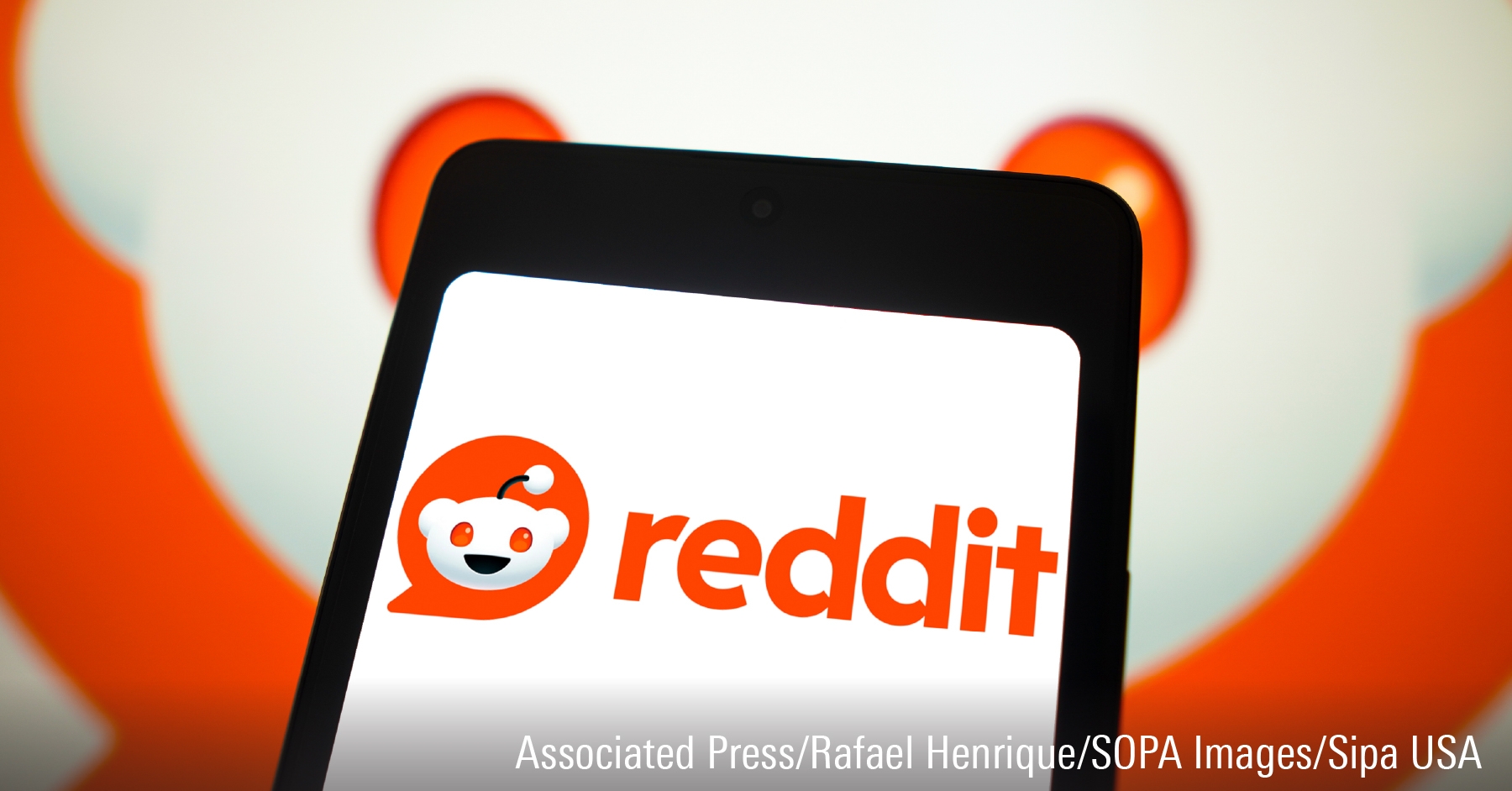
In June this year, economist Stephen Roach talked of a 35% crash in the U.S. dollar by the end of 2020 or early 2021. There was even talk of its demise as the world’s reserve currency. Roach sees a combination of factors exerting irresistible pressures on the greenback.
On the one hand, the national U.S. savings rate stood at 1.4% in early 2020, its lowest point since 2011. From 1960 to 2005, the average savings rate was 7%. Roach says the Federal deficit risks pushing this savings rate into an unheard-of zone of -5% to -10%. On the other hand, the U.S. is deepening its current-account deficit (the broadest measure of trade which includes investment), which could pass its previous record of 6.3% of GDP.
Broken Piggy Banks
The exploding Federal budget deficits are stretching the tension between low savings and high current account deficits to the breaking point. The demand by the U.S. on foreign savings to uphold its standard of living will probably not be met without a sharp fall in the currency’s value. What will cause the tension to snap? President Donald Trump’s policies of protectionism, his dropping out of international organizations, and his mismanagement of the coronavirus crisis, says Roach.
At the end of July, a Goldman Sachs report wrote that “real concerns around the longevity of the U.S. dollar as a reserve currency have started to emerge”, highlighting expanded central bank balance sheets and increased deficits as culprits. “At some time in the future,” the statement continues, “after economic activity has normalized, there will be incentives for central banks and governments to allow inflation to drift higher to reduce the accumulated debt burden.”
Much Ado About Nothing?
These fears remain a minority view. Most economists and analysts are not particularly worried about the U.S. dollar. “Those fears have been around since the mid-2000s, when people were proposing that the U.S. dollar as a reserve currency should be replaced by a basket of hard currencies,” says Paul MacDonald, chief investment officer at Harvest Portfolios Group. “When people talk of a collapse, they look at it through the lens of COVID-19, geopolitics and society. We don’t subscribe to those views. In every past crisis, when the shit hit the fan, money was still flying to the U.S. dollar, including in April this year!”
One day, the mighty dollar will fall – but that day has not come yet, considers Stéfane Marion, chief economist and strategist at National Bank of Canada. The present retrenchment of the U.S. dollar is a normal result “of people believing that the recovery is on the right path, anticipating that growth will be back next year, and willing to move out toward more risky assets again,” he says.
In other words, when things went bad, people took refuge in the greenback, which caused its value to shoot up. “Now people are leaving that refuge,” Marion notes, which causes the currency’s value to retrench – certainly not crash.
That normal move out of the U.S. dollar was exacerbated at the end of July by a historical announcement by the European Union of an EUR 750 billion stimulus through a mutualized AAA-rated debt. Speculators massively shorted the U.S. dollar, which pushed the euro up from US$1.12 to US$1.20 (it has since moved back to US$1.18). But it’s only against the currencies of advanced countries that the U.S. dollar fell, not against the currencies of emerging countries, which throws more doubt on the expectation of a U.S. dollar crash.
Marion feels that if the previous globalization drivers held, then maybe Stephen Roach would be right to anticipate a crash of the dollar. But those drivers are faltering, and a new global regime is settling in. A turning point happened mid-June when a confrontation between China and India resulted in 20 deaths on the Indian side. Following that, India banned some Chinese technology, an attitude that over time could greatly favour U.S. technology. Having a 1.3 billion people market in its camp would greatly prop up the hegemony of the U.S. dollar in an increasingly digital world where American standards would come up on top.
No Alternatives
If not U.S. dollar, what? Driven by an opaque dictatorship with still relatively shallow capital markets, the yuan doesn’t make the grade; the euro depends on a mosaic of countries without any fiscal and budgetary unity; and moving to a new gold standard not appealing to the majority right now. The fact is, there are no alternatives to the U.S. dollar. As Mohamed El-Erian, chief economic adviser at Allianz, recently quipped “You can’t replace something with nothing.”
The U.S. dollar represents 60% of international currency reserves, according to IMF numbers. True, that position has slid by 10 percentage points over the last 20 years, indicating a long-term erosion of the currency’s status as the reserve currency, and lends support to the view that the it will eventually meet its match.
But not in the immediate future, so hold your breath!
Have You Found Your Niche?
Explore the latest Global Thematic Fund Landscape report here




















